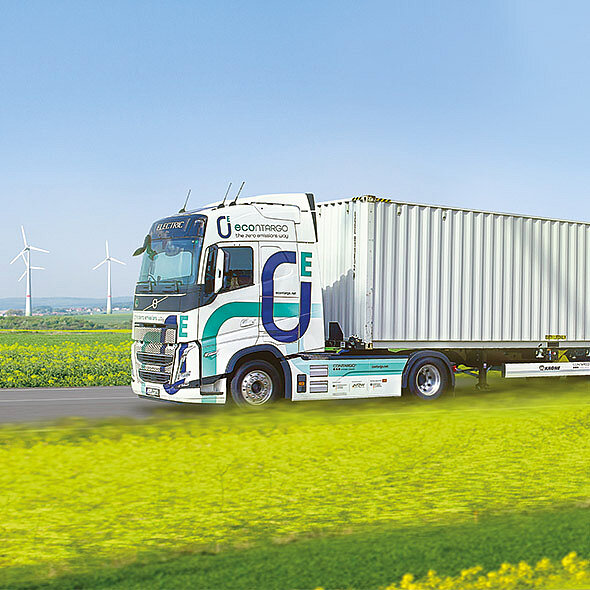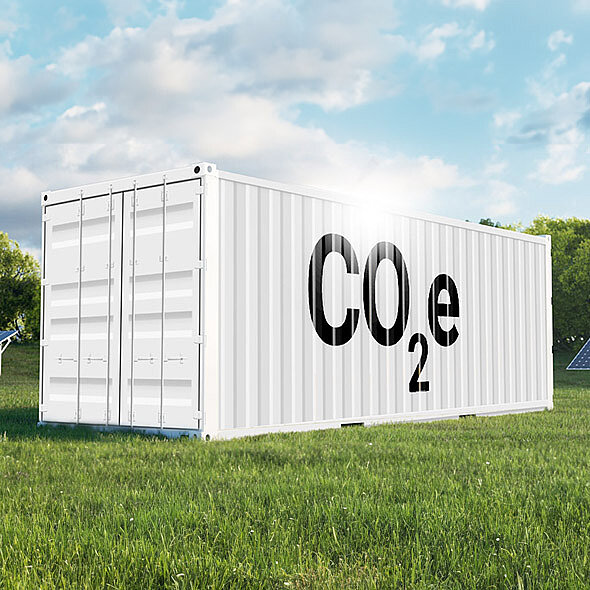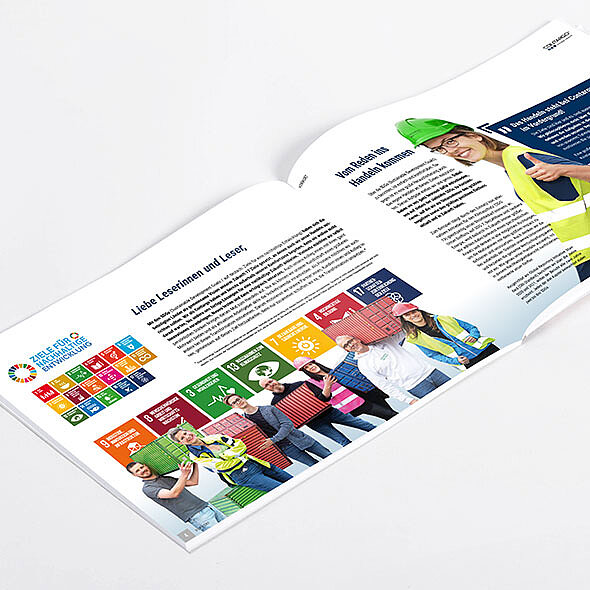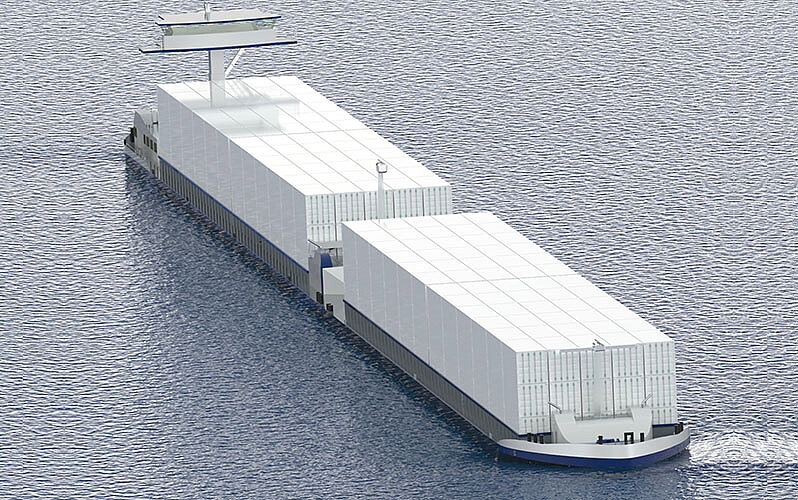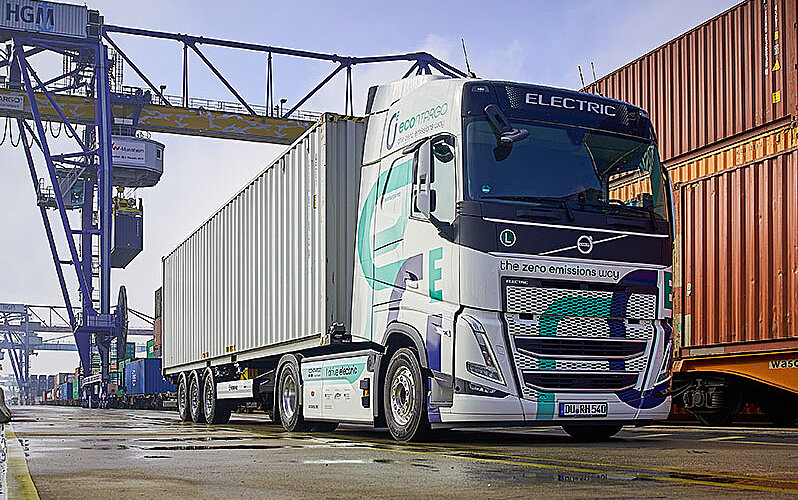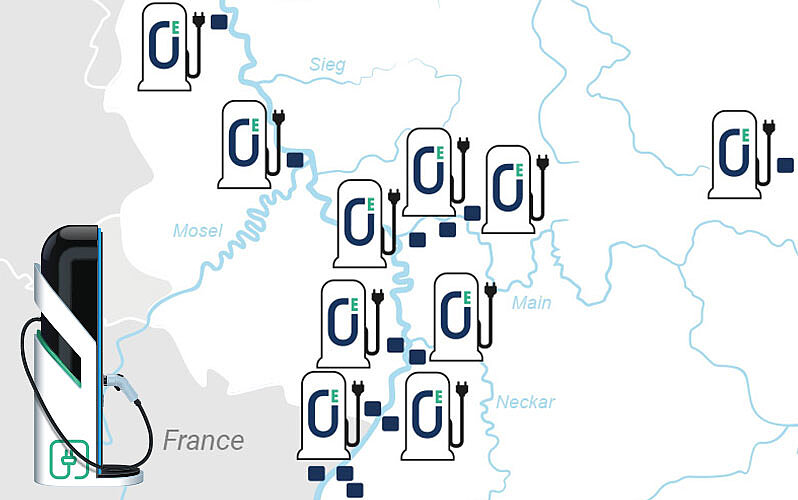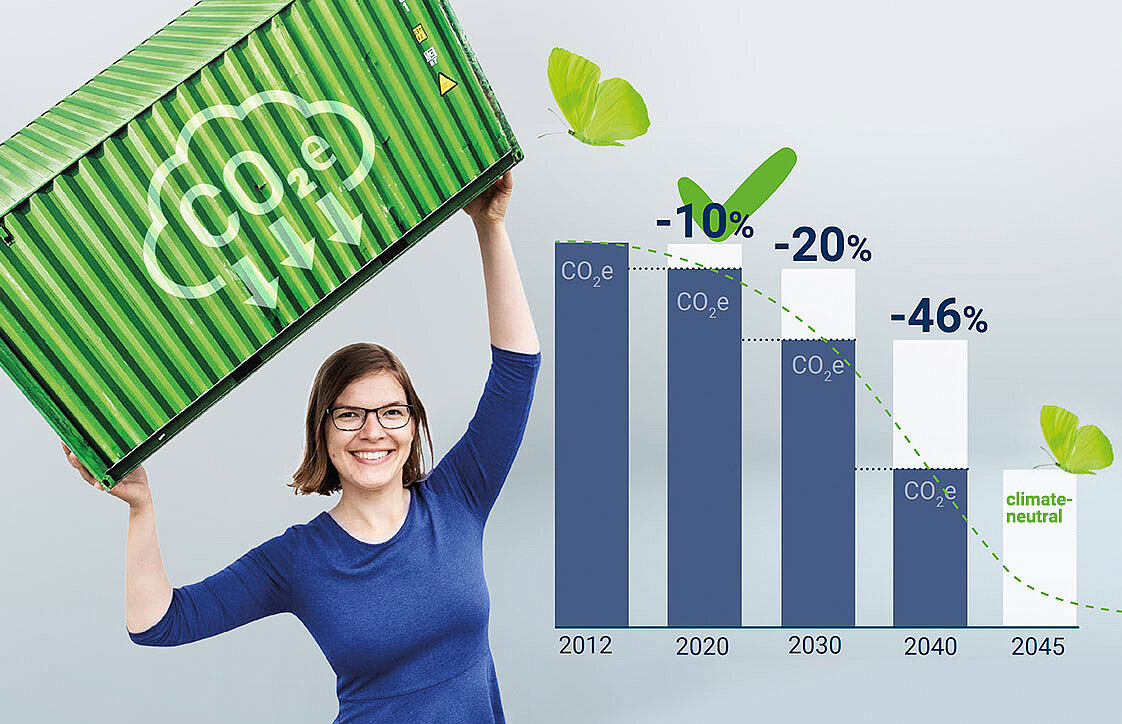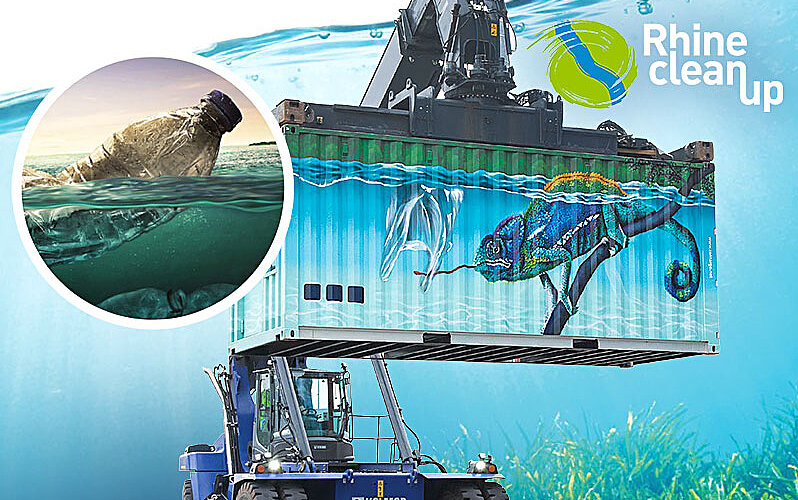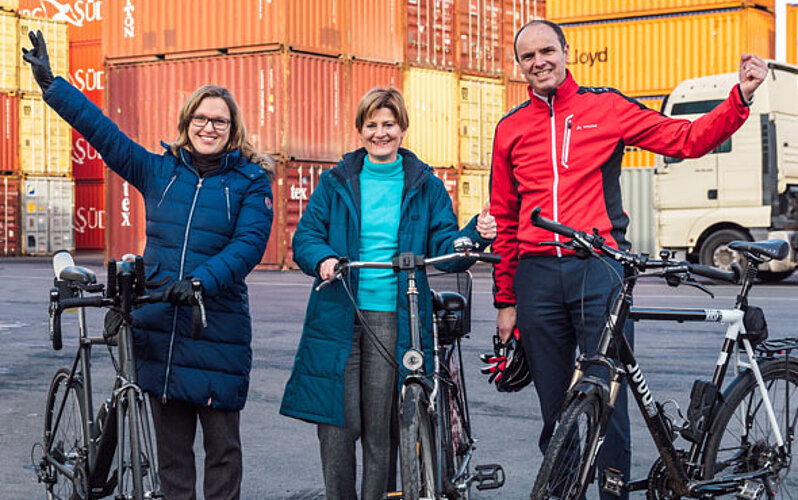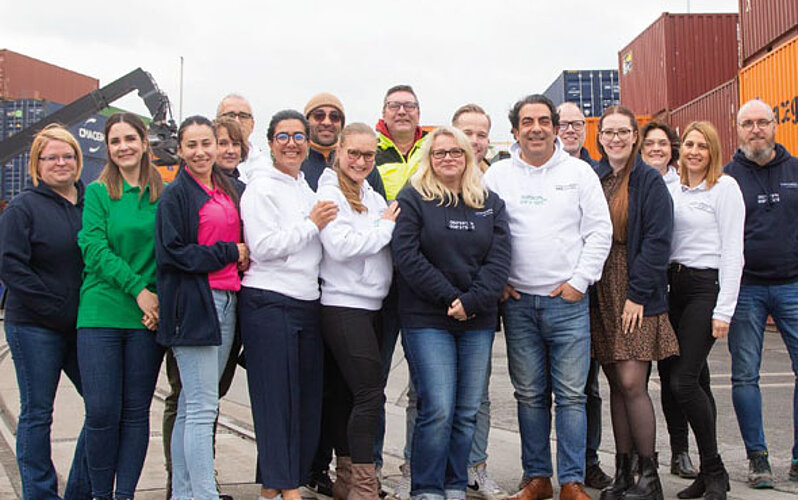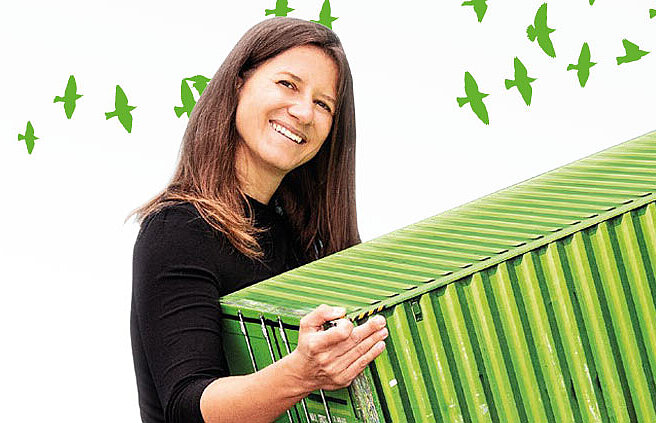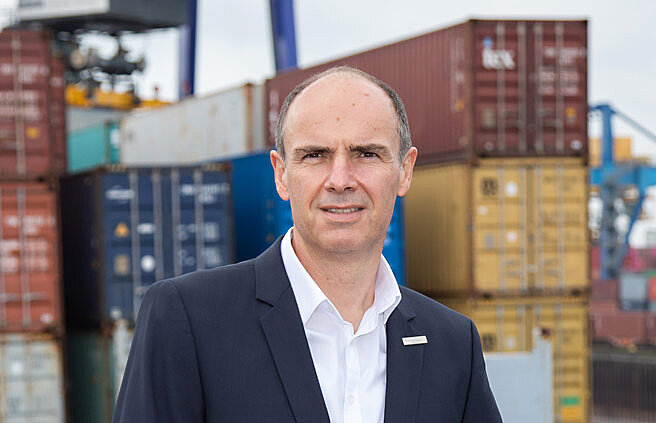Barges with e-engines
From 2024, we will be using three innovative barges with electrical engines, which will be supplied with energy from sources such as batteries and hydrogen fuel cells. This technology will also give us the opportunity to make our water transports much more environmentally friendly. Initially, we will be starting with a thorough test phase. If the barges meet the requirements that have been set, and if they can be smoothly integrated into our operations, we will start to convert our fleet of barges over the next few years. In addition to this zero-emissions technology, our barges will also be adapted for low water.





